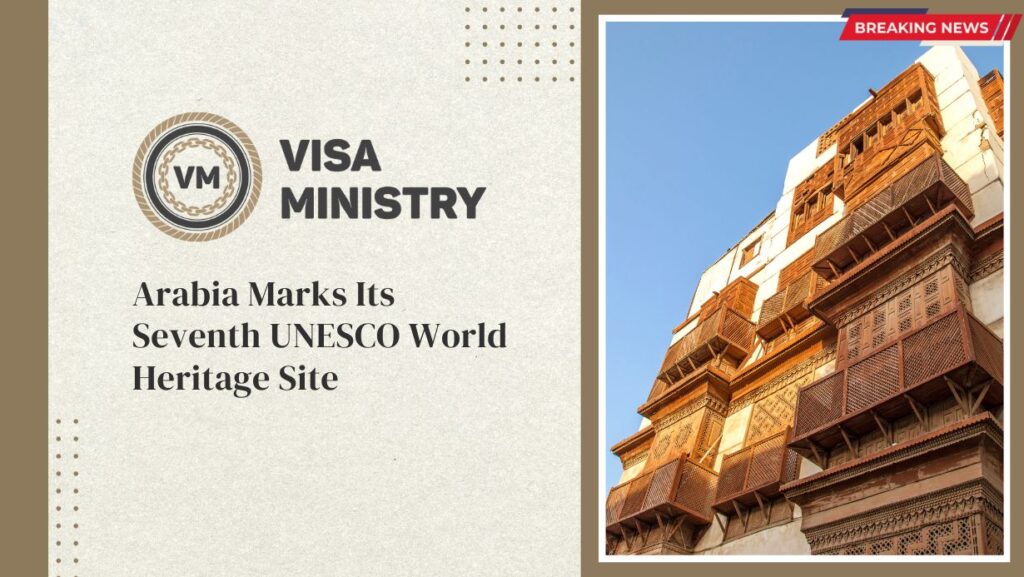Uruq Bani Ma’arid Reserve was recently added to the UNESCO World Heritage List by Saudi Arabia. Saudi Arabia’s first UNESCO Natural Heritage Site and sixth UNESCO World Heritage site is Uruq Bani Ma‘arid Reserve.
The 12,750-square-kilometer Uruq Bani Ma’arid Reserve, which is situated at the western side of ar-Rub al-Khali (The Empty Quarter), is home to more than 120 plant species and 526 animal species, including endangered ones. It is a mainly undisturbed desert ecosystem. The reserve offers renowned desert creatures like gazelles and the Arabian Oryx their natural habitats.
Since 1996, Uruq Bani Ma’arid Reserve has been protected by Royal Decree, and its inclusion as a Natural Heritage Site on the UNESCO World Heritage List emphasizes the value of protecting natural heritage. A three-year management plan to convert the property from a protected site to a World Heritage site began in 2021 and was sponsored by the Saudi Government. The property is being managed by around 140 employees and has a ten-year plan in place to preserve its long-term integrity. The land is divided into four usage zones: general use (less than 0.5%), wilderness (54%), sustainable resource use (44%), and nature-culture ecotourism (2%).
“The designation of Uruq Bani Ma‘arid Reserve as a UNESCO Natural Heritage Site is a testament to Saudi’s dedication to preserving our ecosystems and championing our natural heritage,” stated Alhasan Aldabbagh, President of Asia Pacific Markets at Saudi Tourism Authority (STA). The aim is to attain equilibrium between preservation and sustainable growth, aligning with the goals of Saudi Vision 2030.
Six further Saudi Arabian locations have been designated as UNESCO World Heritage Sites due to their exceptional universal value and cultural significance:
- Cultural Area of Ḥimā (2021)
The Ḥimā Cultural Area in southwest Saudi Arabia is home to some of the most important ancient desert wells in the Middle East, some of which are 3,000 years old and still operational, as well as potentially over 100,000 petroglyphs—prehistoric rock carvings—and rock inscriptions in a variety of scripts, including Arabic, Thamudic, Arabic-Nabatean, South-Arabian, and Greek. These have a 7,000-year history. The amazing markings, which have been preserved, offer a visual history of the region that was previously traversed by ancient armies and caravans.
- Oasis Al-Ahsa (2018)
The world’s largest oasis is called Al-Ahsa Oasis. Situated in the eastern region of the Arabian Peninsula, the area boasts of springs, a system of canals, over 2.5 million palm trees, gardens, historical structures, and archaeological monuments that provide insight into the region’s cultural traditions and human settlement history.
- The Hail Region’s Rock Art (2015)
Near the city of Hail, there are some well-preserved rock inscriptions and examples of rock art at Jabal Umm Sinman at Jubbah, Jabal Al-Manjor, and Jabal Raat at Shuwaymis. These etchings, which were made by hand with stone hammers, show both human and animal representations from the desert, documenting 10,000 years of life in the region where a lake had existed and the effects of environmental difficulties on the prehistoric people.
Source- Travel daily

